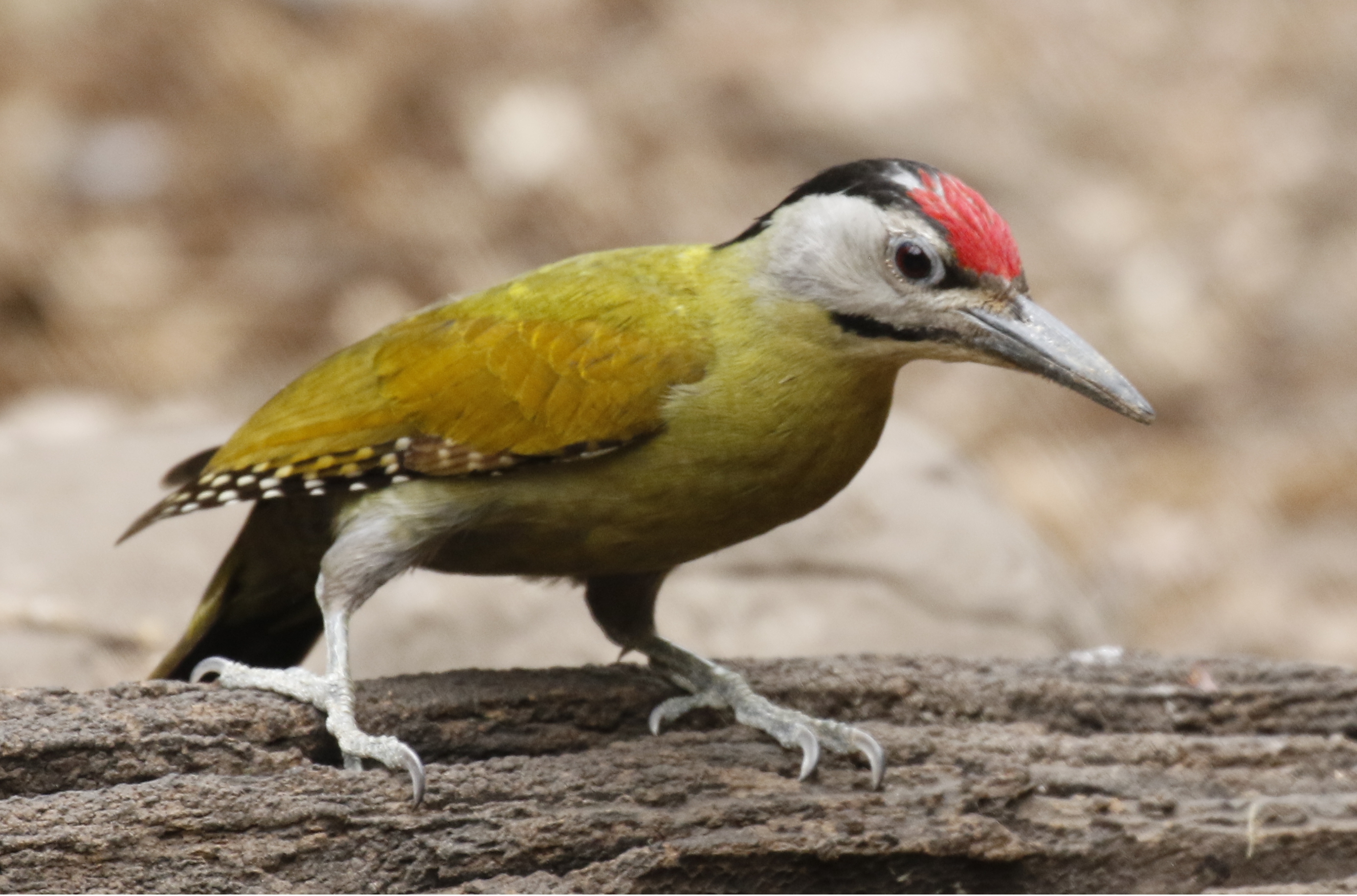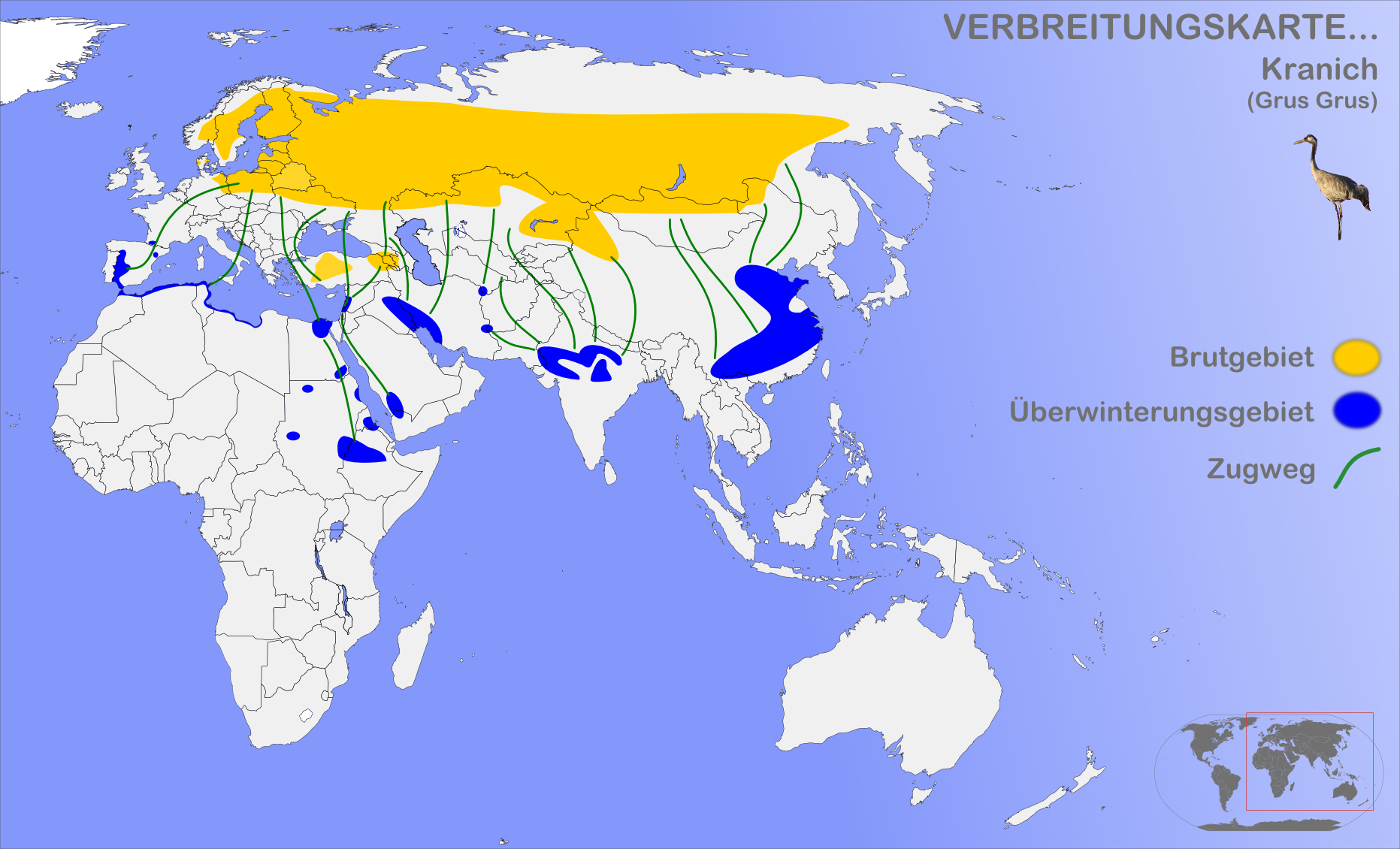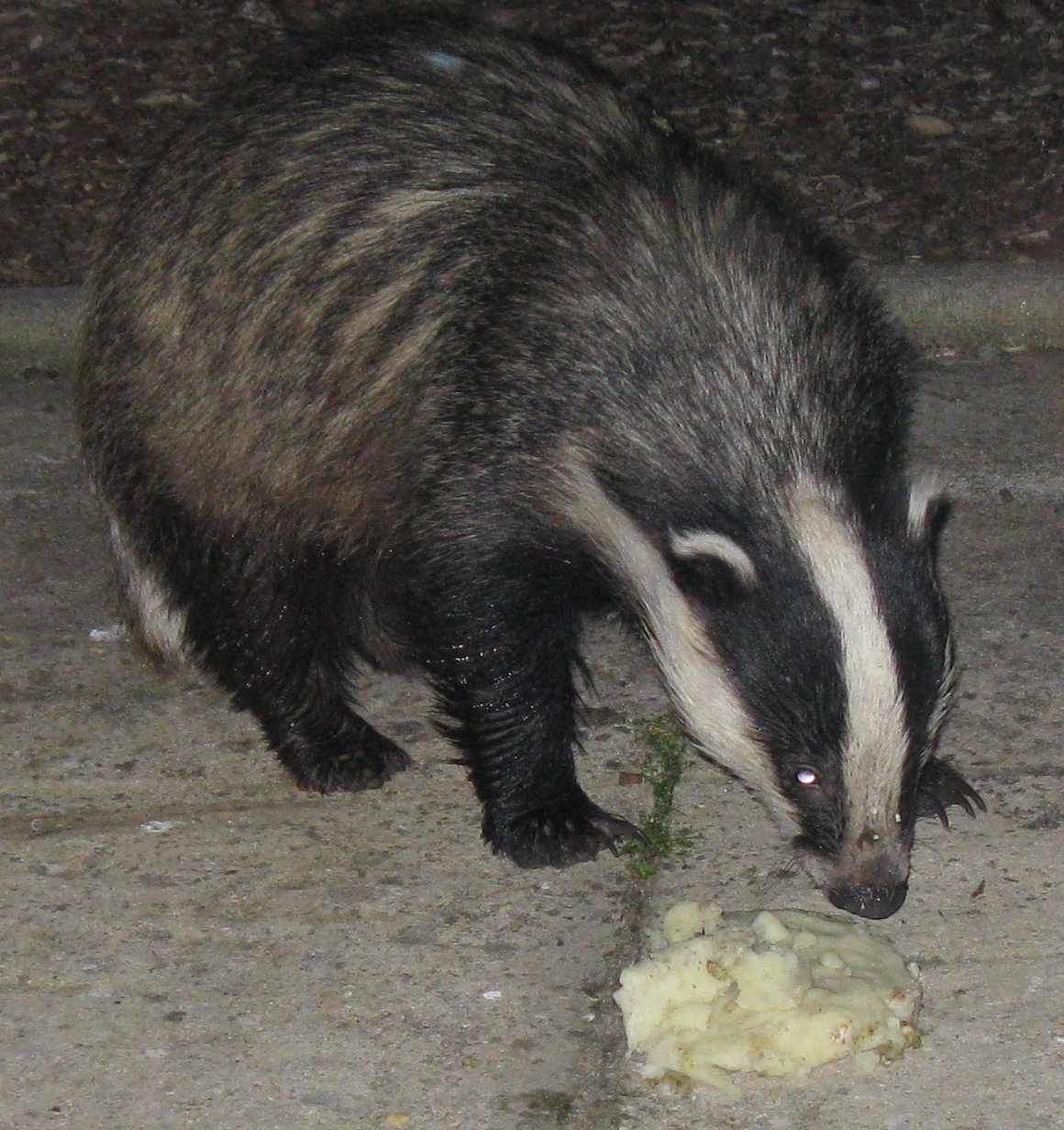|
Lančiūnava-Šventybrastis Forest
The Lančiūnava-Šventybrastis Forest ( lt, Lančiūnavos–Šventybrasčio miškai) is a forest in Kėdainiai District Municipality, central Lithuania, located north east to Kėdainiai, around Lančiūnava and Šventybrastis villages. It covers an area of . It consists of smaller forests: the Lančiūnava Forest, the Lepšynė Forest, the Pavermenys Forest, the Šventybrastis Forest, the Apytalaukis Forest, the Stebuliai Forest. The forest belongs to the Nevėžis basin. The main rivers, draining the forest, are the Malčius, the Alkupis, the Suleva, the Šumera. Rivers' courses are mostly channelized. The relief is flat, marshy in places. As of 2005, 43 % of the area was covered by birch, 7 % by spruce, 17 % by aspen, 12 % by ash, 4 % by oak, 9 % by black alder, 8 % by white alder tree groups. The fauna of the forest consists of wild boar, roe deer, moose, red fox, raccoon dog, gray wolf, pine marten, badger, hare, squirrel, beaver, also there are cranes, grey-he ... [...More Info...] [...Related Items...] OR: [Wikipedia] [Google] [Baidu] |
Kėdainiai District Municipality
Kėdainiai () is one of the oldest cities in Lithuania. It is located north of Kaunas on the banks of the Nevėžis River. First mentioned in the 1372 Livonian Chronicle of Hermann de Wartberge, its population is 23,667. Its old town dates to the 17th century. The city is the administrative centre of the Kėdainiai District Municipality. The geographical centre of the Lithuanian Republic is in the nearby village of Ruoščiai, located in the eldership of Dotnuva. Names The city has been known by other names: ''Kiejdany'' in Polish, ''Keidan'' (קיידאן) in Yiddish, and ''Kedahnen'' in German. Kėdainiai other alternate forms include Kidan, Kaidan, Keidany, Keydan, Kiedamjzeÿ ("j" /e/), Kuidany, and Kidainiai. History The area was the site of several battles during "The Deluge", the 17th century war between the Polish–Lithuanian Commonwealth and Sweden. In 1655 a short-lived treaty with Sweden, the Union of Kėdainiai, was signed by two members of Radziwiłł family ... [...More Info...] [...Related Items...] OR: [Wikipedia] [Google] [Baidu] |
Alkupis (Nevėžis)
Alkupis (from the Lithuanian 'river of ''Alka (Baltic religion), alka''') could refer to several Lithuanian toponyms: * , village in Šilalė District Municipality Several short rivers, the largest of them: *Alkupis (Nevėžis tributary), the Nevėžis tributary in Kėdainiai District Municipality. {{Disambiguation, geo ... [...More Info...] [...Related Items...] OR: [Wikipedia] [Google] [Baidu] |
Grey-headed Woodpecker
The grey-headed woodpecker (''Picus canus''), also known as the grey-faced woodpecker, is a Eurasian member of the woodpecker family, Picidae. Along with the more commonly found European green woodpecker and the Iberian green woodpecker, it is one of three closely related sister species found in Europe. Its distribution stretches across large parts of the central and Eastern Palaearctic, all the way to the Pacific Ocean. The grey-headed woodpecker is more demanding than the European green woodpecker in terms of its habitat. It prefers deciduous forest with a high proportion of dead trees, feeding primarily on ants, although not being as exclusively dependent on this group as the green woodpecker. The grey-headed woodpecker's nest is typically excavated into dead or severely damaged trees. In the majority of areas for which population numbers are available, the grey-headed woodpecker is in decline. IUCN's ''Least Concern'' rating is primarily based on the large distribution of th ... [...More Info...] [...Related Items...] OR: [Wikipedia] [Google] [Baidu] |
Grus Grus
The common crane (''Grus grus''), also known as the Eurasian crane, is a bird of the family Gruidae, the cranes. A medium-sized species, it is the only crane commonly found in Europe besides the demoiselle crane (''Grus virgo'') and the Siberian crane (''Leucogeranus leucogeranus''). Along with the sandhill (''Antigone canadensis'') and demoiselle cranes and the brolga (''Antigone rubicunda''), it is one of only four crane species not currently classified as threatened with extinction or conservation dependent on the species level. Despite the species' large numbers, local extinctions and extirpations have taken place in part of its range, and an ongoing reintroduction project is underway in the United Kingdom. Taxonomy The first formal description of the common crane was by the Swedish naturalist Carl Linnaeus in 1758 in the tenth edition of his ''Systema Naturae'' under the binomial name ''Ardea grus''. The current genus ''Grus'' was erected by the French zoologist Mathurin ... [...More Info...] [...Related Items...] OR: [Wikipedia] [Google] [Baidu] |
European Beaver
The Eurasian beaver (''Castor fiber'') or European beaver is a beaver species that was once widespread in Eurasia, but was hunted to near-extinction for both its fur and castoreum. At the turn of the 20th century, only about 1,200 beavers survived in eight relict populations in Europe and Asia. It has been reintroduced to much of its former range, and now occurs from Spain, Central Europe, Great Britain and Scandinavia to a few regions in China and Mongolia. It is listed as least concern on the IUCN Red List, as it recovered well in most of Europe. It is extirpated in Portugal, Moldova, and Turkey. Taxonomy ''Castor fiber'' was the scientific name used by Carl Linnaeus in 1758, who described the beaver in his work ''Systema Naturae''. Between 1792 and 1997, several Eurasian beaver zoological specimens were described and proposed as subspecies, including: *''C. f. albus'' and ''C. f. solitarius'' by Robert Kerr in 1792 *''C. f. fulvus'' and ''C. f. variegatus'' by Johann Matthä ... [...More Info...] [...Related Items...] OR: [Wikipedia] [Google] [Baidu] |
Sciurus Vulgaris
The red squirrel (''Sciurus vulgaris'') is a species of tree squirrel in the genus ''Sciurus'' common throughout Europe and Asia. The red squirrel is an arboreal, primarily herbivorous rodent. In Great Britain, Ireland, and in Italy numbers have decreased drastically in recent years. This decline is associated with the introduction by humans of the eastern grey squirrel (''Sciurus carolinensis'') from North America. However, the population in Scotland is stabilising due to conservation efforts, awareness and the increasing population of the pine marten, a European predator that selectively controls grey squirrels. Description The red squirrel has a typical head-and-body length of , a tail length of , and a mass of . Males and females are the same size. The red squirrel is somewhat smaller than the eastern grey squirrel which has a head-and-body length of and weighs between . The long tail helps the squirrel to balance and steer when jumping from tree to tree and running ... [...More Info...] [...Related Items...] OR: [Wikipedia] [Google] [Baidu] |
European Badger
The European badger (''Meles meles''), also known as the Eurasian badger, is a badger species in the family Mustelidae native to almost all of Europe. It is classified as least concern on the IUCN Red List as it has a wide range and a large stable population size, and is thought to be increasing in some regions. Several subspecies are recognized with the nominate subspecies (''M. m. meles'') predominating in most of Europe. In Europe, where no other badger species commonly occurs, it is generally just called the "badger". The European badger is a powerfully built, black, white, brown, and grey animal with a small head, a stocky body, small, black eyes, and short tail. Its weight varies, being 7–13 kg (15–29 lb) in spring, but building up to 15–17 kg (33–37 lb) in autumn before the winter sleep period. It is nocturnal and is a social, burrowing animal that sleeps during the day in one of several setts in its territorial range. These burrows have multipl ... [...More Info...] [...Related Items...] OR: [Wikipedia] [Google] [Baidu] |
European Pine Marten
The European pine marten (''Martes martes''), also known as the pine marten, is a mustelid native to and widespread in most of Europe, Asia Minor, the Caucasus and parts of Iran, Iraq and Syria. It is listed as Least Concern on the IUCN Red List. It is less commonly also known as baum marten, or sweet marten. Description The European pine marten's fur is usually light to dark brown. It is short and coarse in the summer, growing longer and silkier during the winter. It has a cream- to yellow-coloured "bib" marking on its throat. Its body is up to long, with a bushy tail of about . Males are slightly larger than females; typically, it weighs around . It has excellent senses of sight, smell, and hearing. Distribution and habitat The European pine marten inhabits well-wooded areas. UK and The Republic of Ireland In Great Britain, the species was for many years common only in northwestern Scotland. A study in 2012 found that martens have spread from their Scottish Highlands stron ... [...More Info...] [...Related Items...] OR: [Wikipedia] [Google] [Baidu] |
Raccoon Dog
The common raccoon dog (''Nyctereutes procyonoides''), also called the Chinese or Asian raccoon dog, is a small, heavy-set, fox-like canid native to East Asia. Named for its raccoon-like face markings, it is most closely related to foxes. Common raccoon dogs feed on many animals and plant matter, and are unusual among canids (dogs, foxes, and other members of the family Canidae) for climbing trees and for hibernating in cold winters. They are widespread in their native range, and are invasive in Europe where they were introduced for the fur trade. The similar Japanese raccoon dog (''Nyctereutes viverrinus''), native to Japan, is the only other living member of the genus ''Nyctereutes''. Other names for the common raccoon dog include ''mangut'' (its Evenki name), ''neoguri'' (its Korean name) or simply raccoon dog. The raccoon dog is named for the resemblance of its masked face to that of the North American common raccoon (''Procyon lotor''). The closest relatives of the raccoon ... [...More Info...] [...Related Items...] OR: [Wikipedia] [Google] [Baidu] |
Alnus Incana
''Alnus incana'', the grey alder or speckled alder, is a species of multi-stemmed, shrubby tree in the birch family, with a wide range across the cooler parts of the Northern Hemisphere. Tolerant of wetter soils, it can slowly spread with runners and is a common sight in swamps and wetlands. It is easily distinguished by its small cones, speckled bark and broad leaves. Description It is a small- to medium-sized tree tall with smooth grey bark even in old age, its life span being a maximum of 60 to 100 years. The leaves are matte green, ovoid, long and broad. The flowers are catkins, appearing early in spring before the leaves emerge, the male catkins pendulous and long, the female catkins long and one cm broad when mature in late autumn. The seeds are small, long, and light brown with a narrow encircling wing. The grey alder has a shallow root system, and is marked not only by vigorous production of stump suckers, but also by root suckers, especially in the northern par ... [...More Info...] [...Related Items...] OR: [Wikipedia] [Google] [Baidu] |
Black Alder
Black alder is a common name for several plants and may refer to: *''Alnus glutinosa'', native to Europe and widely naturalized *''Ilex verticillata ''Ilex verticillata'', the winterberry, is a species of holly native to eastern North America in the United States and southeast Canada, from Newfoundland west to Ontario and Minnesota, and south to Alabama. Other names that have been used incl ...'', native to eastern North America {{Short pages monitor ... [...More Info...] [...Related Items...] OR: [Wikipedia] [Google] [Baidu] |
Populus Tremula
''Populus tremula'' (commonly called aspen, common aspen, Eurasian aspen, European aspen, or quaking aspen) is a species of poplar native to cool temperate regions of Europe and Asia, from Iceland and the British IslesJames KilkellIrish native Aspen tree/ref> east to Kamchatka, north to inside the Arctic Circle in Scandinavia and northern Russia, and south to central Spain, Turkey, the Tian Shan, North Korea, and northern Japan. It also occurs at one site in northwest Africa in Algeria. In the south of its range, it occurs at high altitudes in mountains.Rushforth, K. (1999). ''Trees of Britain and Europe''. Collins .Den Virtuella Floran''Populus tremula'' (in Swedish; with maps)/ref> Description It is a substantial deciduous tree growing to tall by broad, with a trunk attaining over in diameter. The bark is pale greenish-grey and smooth on young trees with dark grey diamond-shaped lenticels, becoming dark grey and fissured on older trees. The adult leaves, produced on br ... [...More Info...] [...Related Items...] OR: [Wikipedia] [Google] [Baidu] |



.jpg)



